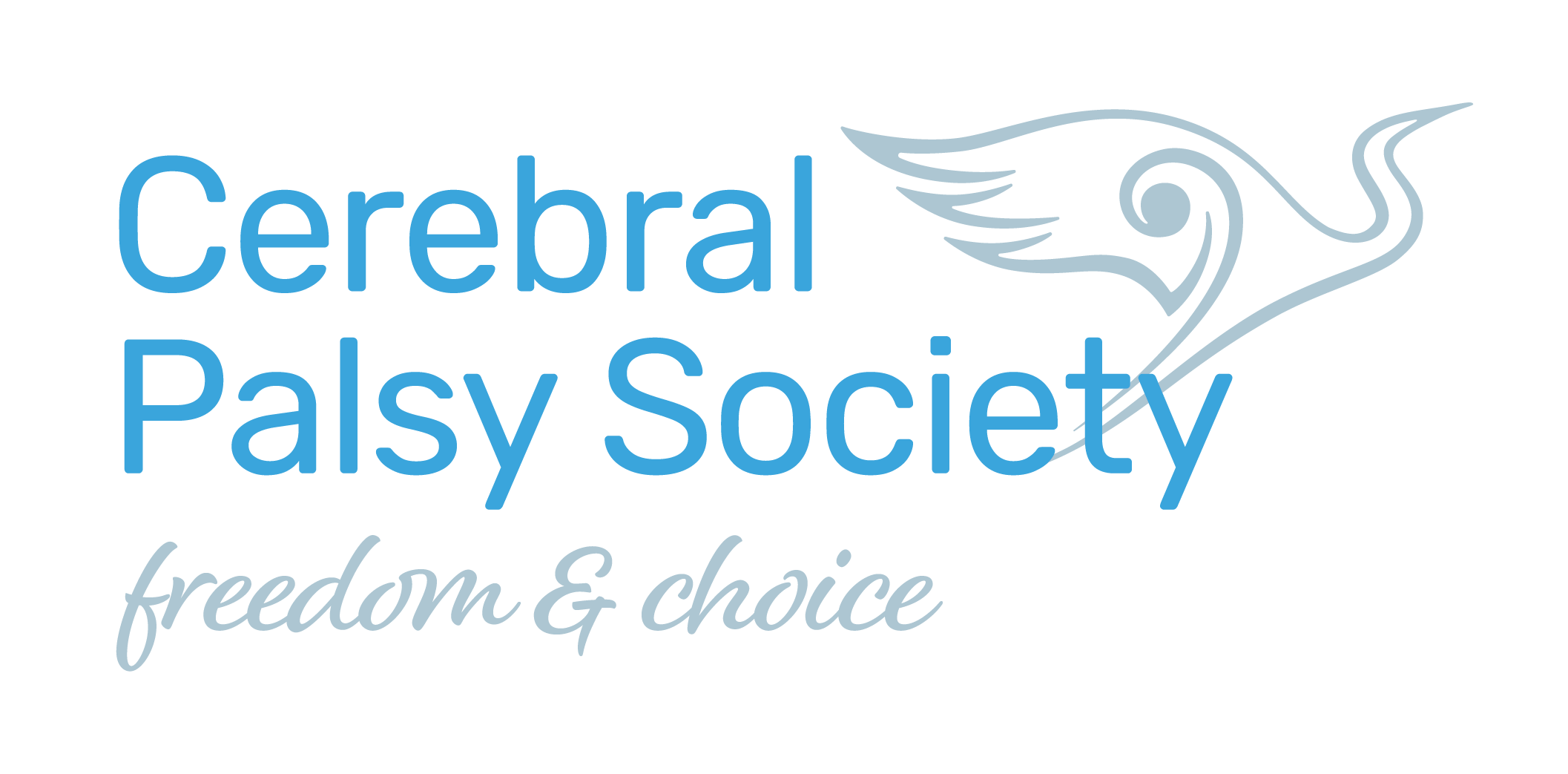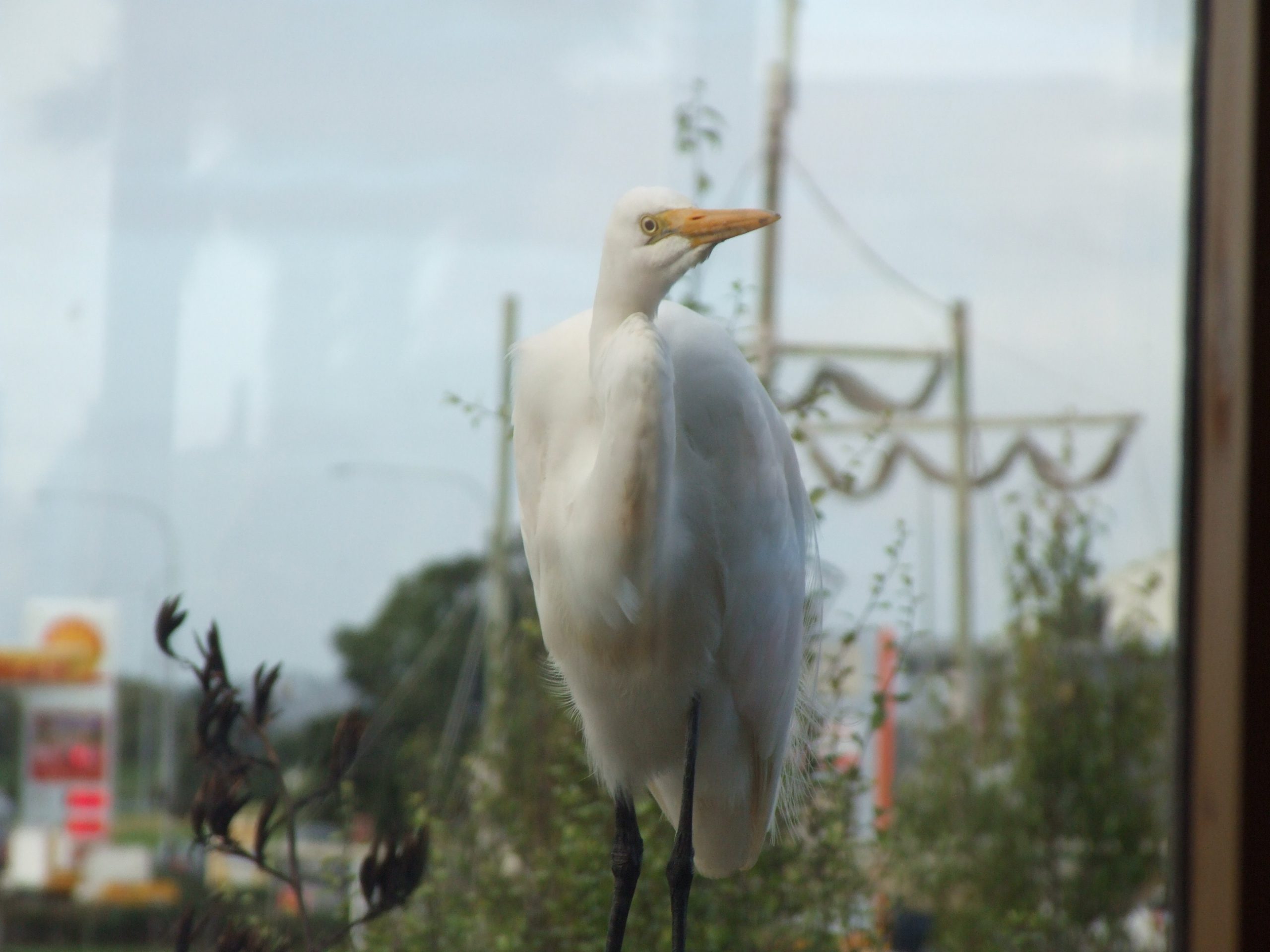Our Members - Their Stories
Dedication ensures Cerebral Palsy Society’s success
09 Mar 2022
From dedicated parents, to influential doctors and inspiring members, the former editor of The Review and Cerebral Palsy Society member, looks back on 70 years of history.
By Ross Flood
In 2021, thanks to the inexhaustible enthusiasm of its pioneer volunteers, the Cerebral Palsy Society celebrated its 70th year.
Some remarkable characters reside in the Society’s historical archives, including the 16 people with Cerebral Palsy who organised the first Cerebral Palsy Conference, the parents’ group, and much later, the people who brought business acumen, at exactly the right time.
The foundation stone of our Society is directly attributed to the first Cerebral Palsy Conference which happened from December 28, 1950 to January 4, 1951, thanks to Jim Battensby.
The conference ended by laying the foundations for a fellowship, which was the forerunner of our Society.
To use the vernacular of the day it was called ….er ….. The Spastic Fellowship.
Their aim was to build networks of mutual help and encouragement towards independence.
Two significant events preceded the conference – the visit of Dr Earl Carlson and the arrival of Dr G.A.Q Lennane. The pair raised much needed awareness of Cerebral Palsy in New Zealand in the late 1940’s.
Dr Carlson, who had Cerebral Palsy himself, became a doctor despite people calling his medical ambitions absurd.
He visited New Zealand in 1948 and recommended establishing treatment and educational centres which led to the establishment of Carlson Schools for Cerebral Palsy, in our four main centres.
British Dr Lennane set up a five-year plan conceived by the government and CCS.
It consisted of the gradual development of the Wilson Home as a residential institution, and the formation of a residential school for children with Cerebral Palsy at the Queen Elizabeth Hospital in Rotorua.
The Fellowship aimed to assist older people with Cerebral Palsy, in the solution of individual problems. Not only psychological and adjustment problems, but also with rehabilitation to overcome or accept their disabilities.
One of the outstanding individuals of this era was Paulette Leaning who lived with Cerebral Palsy and became a teacher at Auckland’s Carlson School.
She was the editor of the Cerebral Palsy News and president of the Auckland branch of the Fellowship.
She later wrote the book The Challenge of Cerebral Palsy.
The parents’ group was formed in 1965 by Jocelyn Burgess, Florence Hutchins, Mary Armstrong, June McCrorie, Pat James, Vera Burt and Vicki Orphen. Lyn Hurst joined the group at a later stage.
“We saw no future for our children and their peers when they left school and we were determined to lobby the Government, the board, and local councils for a better deal and that is why our group started,” said Jocelyn.
“The main purpose was to arrange social dances so our members could eat, drink and dance like adults,” she said.
The person who invigorated the Society was Harvey Brunt. Harvey’s presidency of the board spanned almost the entire 1990s, and he became the first general manager in 2004.
From left to right: Paulette Leaning, Jocelyn Burgess, Ross Flood, and Harvey Brunt.
Harvey challenged the executive board to increase its relevance to people with disabilities so that joining the Society is worth their while. Overtime he certainly did increase the relevance.
As president, he oversaw the arrival of conductors from Hungary in 1992 to start Conductive Education programmes at Ponsonby intermediate; and he supported a fitness and social skills programme for the older age group organised by Cindy Evans.
As general manager he introduced funding programmes for members – getOutThere, getPhysical and getThis&That, academic scholarships and a subcommittee to help finance bigger items.
Today, the Society remains strong with dedicated people from the past, and now the present.
However, we all need a signal from time to time to confirm the direction chosen is the correct one. This happened during Auckland’s mid-winter lunch at Butterfly Creek in 2007.
The event doubled as the launch of the new Cerebral Palsy Society logo featuring a stylised Kotuku (White Heron).
While the ceremony was taking place the real deal made an appearance, right on cue.
Majestically a Kotuku landed on the venue’s terrace and eyed us through the window, as if to give us its personal approval.
How’s that for a good omen!
This article was originally published in the Jan-Apr 2022 edition of The Review magazine.
For more information:
Melanie Louden
Communications Manager
melanie@cpsociety.org.nz
Mobile: 022 087 8191



